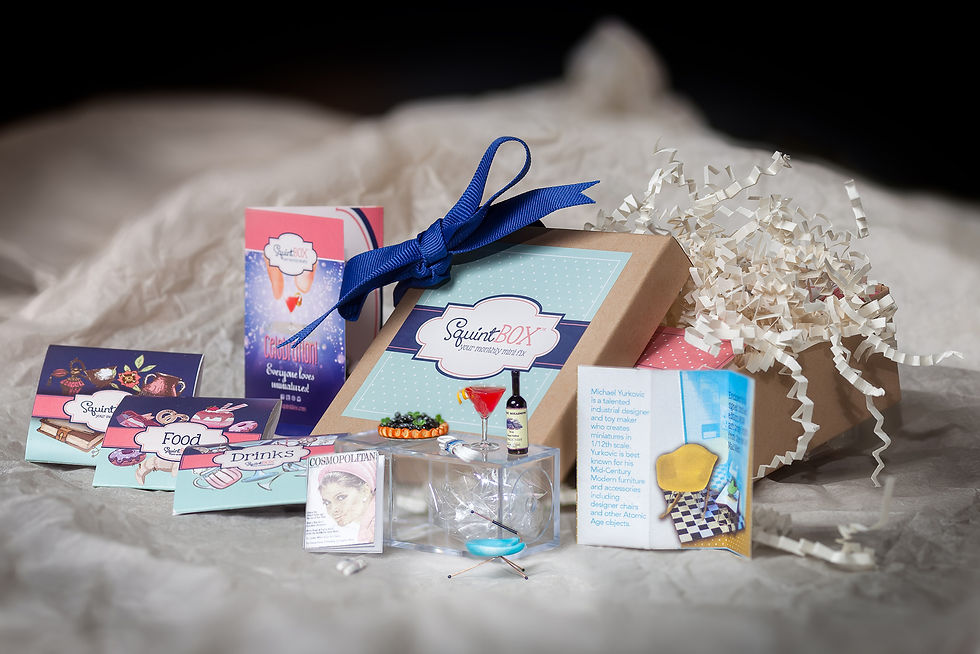- Mar 30, 2017


We hope you will be able to join us for a special evening at D. Thomas Fine Miniatures as we welcome back radio host and local resident J. J. Kennedy who will be reading in the Gallery from The Sixty-Eight Rooms by Marianne Malone in celebration of the village-wide Words-on-Hudson event.
______________________________________________________
ABOUT D. THOMAS FINE MINIATURES
D. Thomas Fine Miniatures is a retail and gallery destination featuring top quality collectibles including 1/12th scale structure, furniture and accessories. The concept, designed to appeal to collectors, crafters and enthusiasts was created, in part, to raise awareness of miniatures as a decorative art form and to introduce the discipline not only to a new generation but to those who may just be discovering it! The gallery space showcases work in miniature by well-known artists from all over the world.















